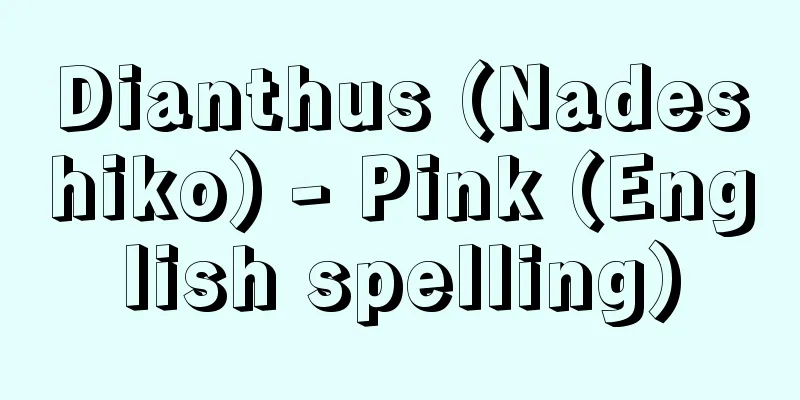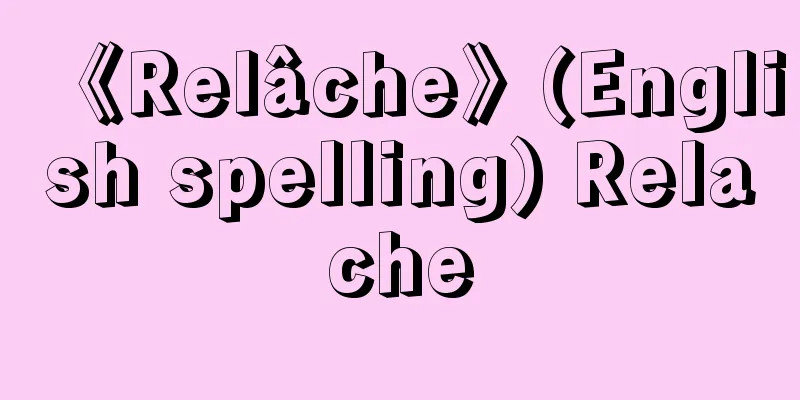Hiroshi Masaki

|
Lawyer and militant humanist. Born in Tokyo. His legal name was Hiroshi, but he always used the name Hiroshi. After graduating from Tokyo Prefectural Third Middle School, he went on to study science at the Eighth Senior High School, but failed and dropped out. During this time, he read Emerson's Self-Reliance, which resonated with him. After studying humanities at the Seventh Senior High School, he entered the Faculty of Law at Tokyo Imperial University. He graduated in 1923 (Taisho 12). While attending Tokyo University, he taught English at Sakura Middle School in Chiba Prefecture and then Iida Middle School in Nagano Prefecture, before quitting middle school in 1924 and returning to Tokyo. After 1925, he made a living by selling literature and opening a private school for students preparing for entrance exams, but he grew tired of this and began working as a lawyer. During this time, he never neglected his study of painting. Around 1932 and 1933, he became known as a skilled civil lawyer, and was successful in the secular world as a mid-level lawyer, but he was not satisfied with that life, and in April 1937, to satisfy his "public spirit and sociability," he launched his own magazine, "Kinkiyori," and appealed to over 3,000 acquaintances. The initial social magazine gradually became more critical of society, and in the magazine, Masaki fiercely denounced Prime Minister Hideki Tojo, and maintained an indomitable ideological resistance during the war. In 1944, he also exposed a murder case by police through torture, confronting the crimes of power (the Headless Incident). During this final period of the war, Masaki felt that Christianity was the closest thing to him and the truth. After the war, he joined the defense team for the placard incident during the May Food Day protests, and was a scathing critic of the Emperor System. He later tackled cases of false accusations such as the Mitaka Case, the Hakkai Case, the Sugo Case, and the Marusho Case, and defended the accused in the Chatterley Trial from the viewpoint of eternal humanism. He was a liberal thinker and lawyer who loved nature, enjoyed drawing, and confronted the evils of power based on humanism combined with his outstanding powers of scientific observation. [Kenzo Kitagawa] "From Nearby" 5 volumes (Obunsha Bunko)" ▽ "Hiroshi Masaki Collected Works (1983, Sanseido)" ▽ "Hiroshi Masaki by Saburo Ienaga (1981, Sanseido)" Source: Shogakukan Encyclopedia Nipponica About Encyclopedia Nipponica Information | Legend |
|
弁護士、戦闘的ヒューマニスト。東京生まれ。戸籍上は昊(ひろし)だが、本人はひろしを常用した。東京府立三中卒業後、第八高等学校理科に進むが落第し退学。このときエマソンの『セルフ・リライアンス』(自己信頼)を読み共鳴する。第七高等学校文科を経て東京帝国大学法学部入学。1923年(大正12)卒業。東大在学中から千葉県佐倉中学、ついで長野県飯田(いいだ)中学で英語教師をし、24年中学を辞めて帰京。25年以降、売文業や受験生向きの私塾を開くなどして生計をたてるが疲れ、弁護士業を始めた。この間絵画の研鑽(けんさん)だけは欠かさなかった。32、33年(昭和7、8)ごろから腕利きの民事弁護士として知られるようになり、中堅弁護士として世俗的には成功を収めたが、その生活に飽き足らず、37年4月には「公共心と社交性」を満足させるべく個人雑誌『近きより』を創刊、3000余名の知人に呼びかけた。当初の社交雑誌はしだいに社会批評の度合いを強め、誌上、正木は東条英機(ひでき)首相を激しく弾劾するなど戦時下において不屈の思想的抵抗を貫いた。また44年には警察の拷問(ごうもん)による殺害事件を告発し権力犯罪に対決した(首なし事件)。この戦争末期に正木はキリスト教をもっとも身近なもの、真理と感じたという。戦後は食糧メーデーの際のプラカード事件弁護団に加わり、天皇制を痛烈に批判した。その後、三鷹(みたか)事件、八海(やかい)事件、菅生(すごう)事件、丸正(まるしょう)事件などの冤罪(えんざい)事件に取り組み、チャタレイ裁判では人類永遠のヒューマニズムの観点から弁護を行った。自然を愛し、作画を好み、卓越した自然科学的観察力と結合したヒューマニズムに基づいて権力悪に対決した自由主義的思想家・弁護士であった。 [北河賢三] 『『近きより』全5冊(旺文社文庫)』▽『『正木ひろし著作集』(1983・三省堂)』▽『家永三郎著『正木ひろし』(1981・三省堂)』 出典 小学館 日本大百科全書(ニッポニカ)日本大百科全書(ニッポニカ)について 情報 | 凡例 |
Recommend
Poster - Harifuda
In the early modern period, common people wrote il...
Hikimekagihana - Hikimekagihana
One of the techniques of expression in Yamato-e pa...
Katagi
〘Noun〙 (also "kataki". Meaning "woo...
Igneous activity
It refers to the entire process of magma's lif...
Minatogawa
A river that flows south through the center of Ko...
Complete Denture
...This is done to make the retainer function mor...
Aonokawara - Aonokawara
...It is a lava dome made of hornblende andesite,...
Protothelae
...Their distribution is limited to Asia, and fou...
Publication - Kango
…The reason why Japanese books today use colophon...
Gassan Omoimi Ryojinja Shrine
...Especially during the Heian period, volcanic e...
Comité International des Poids et Measurements (English)
…Historical achievements include the discovery of...
Li people (Li tribe) - Li tribe (English spelling) Lí zú
An ethnic minority group living on Hainan Island i...
Odessa (English spelling)
The capital of Odessa Oblast in southern Ukraine. ...
Ichiburi (Niigata) - Ichiburi
...There is a cave near Mt. Gongen in the northwe...
Itea
...A deciduous shrub of the Saxifragaceae family ...









